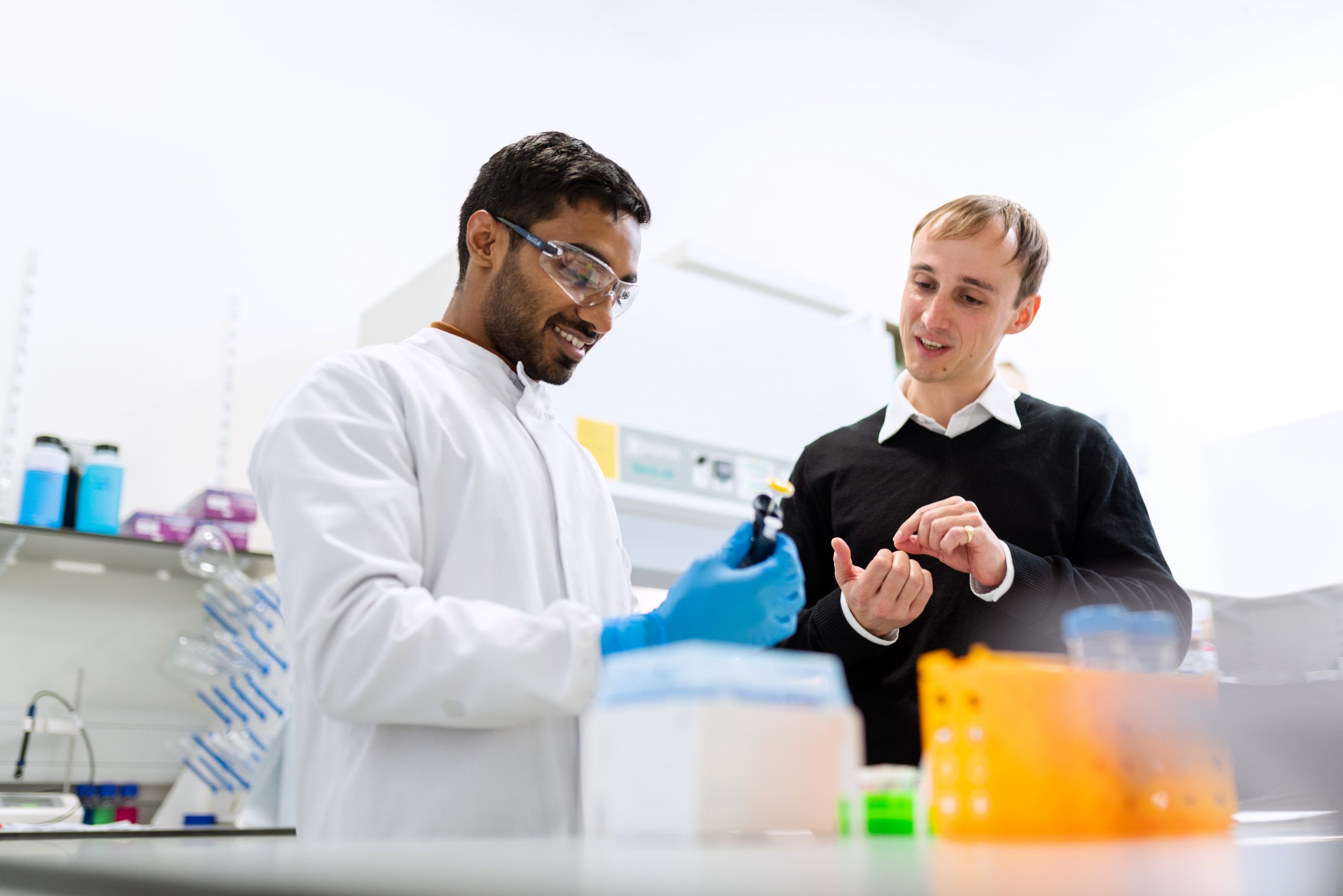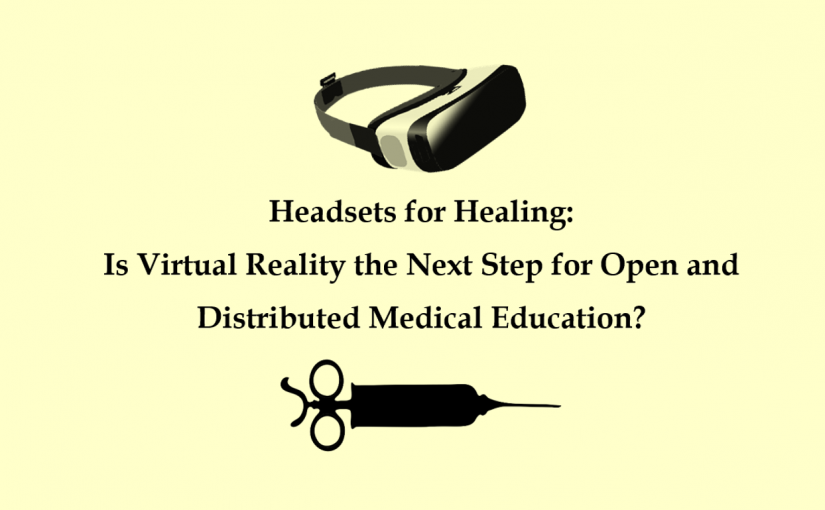In early models of the SECTIONS model, the “N” stood for novelty (Bates, 2019). The “hype” surrounding the development and use of new technologies is conducive to innovative education (Bates, 2019). Because of VR’s 360-degree feature, it is a very exciting tool for learners. As previously described, VR is currently used to teach anatomy, physiology and surgery. However, novel VR educational tools are currently in development to teach physician-patient communication and empathy in clinical settings (Dyer, Swartzlander, & Gugliucci, 2018).
In recent versions of the SECTIONS model, the “N” stands for networking (Bates, 2019). Within medical education, it is extremely important to enable learners to form connections beyond the academic course. Within the context of medical education, networking is important as students plan their career and obtain residency placements in training hospitals. Crucial connections must be made with established physicians and hospital administrators. Since VR is not typically used as a networking tool, learners may turn to other methods of communication to form these relationships. If learners are only participating in long-distance distributed learning, this communication may take place with video streaming or social media (Bates, 2019).

Navigation
- Introduction
- How is VR Currently Used in Medical Education?
- Students
- Ease of Use
- Cost
- Teaching
- Interaction
- Organizational Issues
- Novelty and Networking
- Security and Privacy
- Conclusion and Question
- References and Attribution
License
This work is licensed under Creative Commons (CC) Attribution 4.0 International

